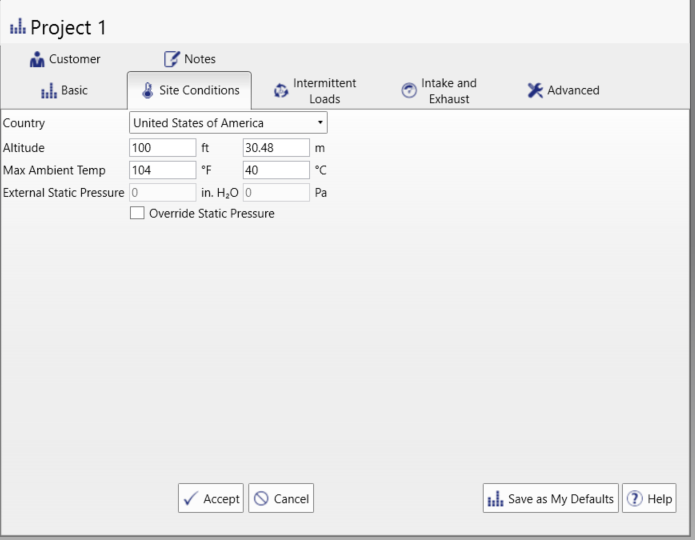What size generator do you need? Is your business mission critical? Diesel or Gas?
Is your project a Pump Station? Data Center? Hospital? Office Building? Warehouse?
What do we want to power with our generator?
There are countless good questions and even more right answers when evaluating the needs for a new power generation system. Regardless of the type of project, one of the preliminary considerations in determining your generator choice is proper sizing to ensure that you have a generator that will support your project’s needs.
One of the specifying engineer’s biggest challenges in sizing a generator is not having complete information. That’s why Curtis Power Solutions and industry partner mtu serve as trusted and reliable resources during the processes of evaluating, planning, and implementing — and even afterward, when service and maintenance of the chosen power generation system are essential for years of dependable use.
What you need to know:
- Link here to the PS-SPEC guide to an all-inclusive software program for consulting engineers, contractors, and other professionals involved in the design, application load analysis and installation of generator sets
- Link here to MTU Onsite Energy Product Specification and Data Sheets
What you’ll learn:
Environmental considerations
- Determine the site conditions and how they may affect the generator size. Parameters like elevation and ambient air temperature can cause the generator to derate.

Calculate load size
- Calculate and understand the type of load and how that load is going to impact your generator’s ability to provide power. List each piece of equipment and its load characteristics. For sizing we primarily rely on starting kW, starting kVA, running kW and running kVA.
- When making assumptions it is important to be as accurate as possible. A single grossly inaccurate assumption could result in miscalculated sizing.
- Motor loads are different from lighting loads, and adding large motor loads can result in a frequency dip or high starting kVA requirements. Knowing the starting method of your motor and if there is the potential to use a soft start, like a VFD or Solid State Starter, can drastically effect the size of your generator. Likewise, putting in the wrong type of light can change the generator size. Do you have all LED or some other sort of light?
- Don’t forget, MTU Onsite Energy generators come with an industry leading 85% load factor to allow you to run your unit at a higher percentage of load for a longer period of time. Our sizing program will take this into account for you.
- Order of Loads
When will your loads come on and how does that sequence affect the size of your generator? Can your load come on, turn off and come on again, like an elevator? These are intermittent loads and we need to calculate them that way when sizing. PS-SPEC offers the capability to specify and analyze intermittent loads to calculate how they will affect the generator size.
Codes and standards
- Understand federal, state and local codes to ensure the generator will meet the requirements of your facility, including airflow, fuel storage/supply, and mounting considerations.
Curtis Power Solutions offers CEU-accredited Lunch and Learn sessions on this topic and many more.
To schedule a customized Lunch & Learn, please contact us.